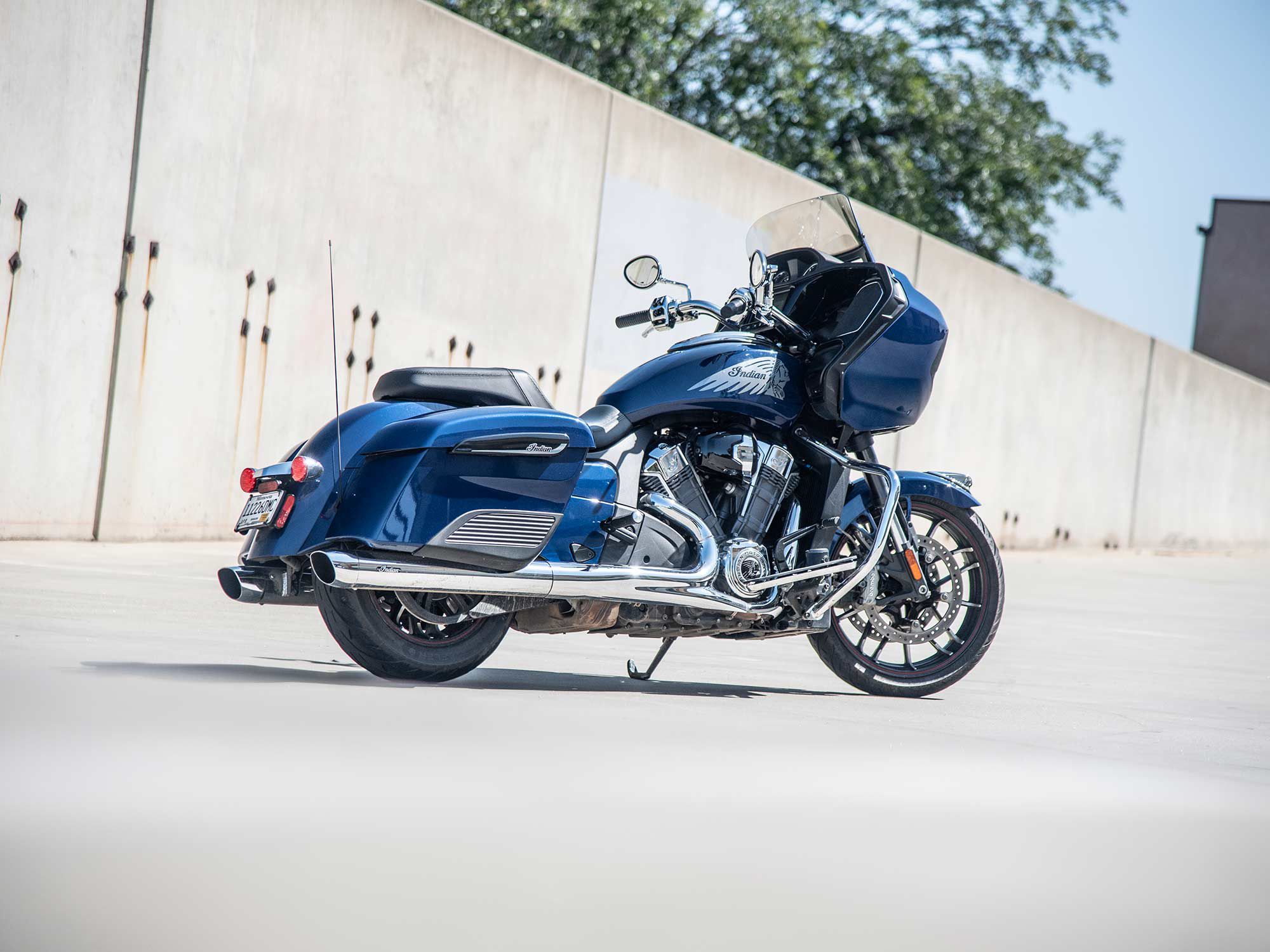
Back in 2019, Indian Motorcycle fired a water-cooled salvo at Harley-Davidson with the aptly named Challenger, bringing a heavyweight cruiser into the fray with a retro-modern twist. Since then, the world’s turned upside down: A global pandemic has rattled economies, a US election was thrown into question, and the wanderlust bug spread among riders like an epidemic—which brings us to today’s two-wheeled beast.
Editor’s note: We test rode the original Challenger bagger during the 2020 Indian Motorcycle Challenger Dark Horse Review MC Commute article and video.
As tempting as it is to load up the Challenger and hit the open road, its 19.4 gallons of side cases aren’t all that spacious. Despite it being the literal 800-pound gorilla in the garage. Regardless, let’s unlock the bags with the key fob, squeeze a soft backpack in there, fire up the 108ci mill, and get the heck outta Dodge.
There’s a nice, soulful pulse from the big twin, a throbbing sign of life that reminds you that even though electrification is creeping into the bike world, Americans can still build stirring monuments to good old internal combustion. In the case of the Challenger, motivation comes from the 1,768cc PowerPlus engine, which was launched in ‘19 with then-best-in-class output of 122 hp and 128 pound-feet torque. The old gal is still plenty potent, as evidenced by how easily the bike’s mass disappears when the throttle is goosed. There are loads of creamy, thumpy torque on tap, and surprising mid- and high-range power despite its plus-sized tonnage. Power transfers through an assisted (but still somewhat heavy) clutch, and positive, but sometimes thunky, gear swaps.
She’s also plenty comfy thanks to the Barcalounger-like saddle, spacious floorboards, and handlebars that reach out to you and keep the rider triangle surprisingly compact despite the bike’s big footprint. It’s a commanding view from the saddle, with switch gear buttons offering control over the multimedia screen, cruise control, and the power windscreen. Not a whole lot has changed since the bike’s introduction, and it shows from the cockpit: While the 7-inch Ride Command screen is sizable, the interface feels dated. Speed limit overlays have been added for ‘22 models (and can be retrofitted via software updates on ‘20 and ‘21 model bikes), but Apple CarPlay remains available only if you’re hooked up via a Bluetooth-paired headset. The system is said to boot up faster with better Bluetooth pairing, but its graphics and hard buttons still feel ready for a major refresh. The Challenger’s traction control system has also been updated, promising smoother operation when the going gets slidey.
Focus on the positives, and the Challenger’s substantial attributes step forward: The big 100-watt fairing speakers are loud and clear; diehards will be pleased to see a large analog speedo and tach above the digital display; and the electrically adjustable wind deflector does a solid work of shielding the rider from airflow. There are also nice details like the old-school illuminated Indian headdress on the front fender, which contrasts the modernity of the LED headlamps. On the other hand, there’s a bit more black plastic in the fairing surround panel than we’d like, not to mention the aforementioned touchscreen which felt old school back in 2019, and hasn’t advanced in the intervening three years.
Despite its anachronisms, the Challenger’s fundamentals remain strong. Although it takes serious muscle to manhandle it off the sidestand and push into parking spots, the pounds melt away when you’re onboard and moving faster than walking speeds. It requires deliberate planning to maneuver around low-speed corners, but as momentum builds, the 43mm fork and adjustable rear Fox shock manage to keep the bike’s heft in check. The handling offers a generally solid feeling of control, without succumbing to dips and bumps in the road.
The motor has strong momentum as it pushes past 5,000 rpm toward redline, offering loads of low and midrange torque to boot. Apart from the polarizing styling, Indian’s powerplant might be the biggest differentiator compared to Milwaukee equivalents like the Road Glide Special and its 114ci twin, which offers thumpy low-end torque but peters out sooner than the Challenger. The Harley does have its attractions, among them fewer plasticky bits, its own evocatively inspired heritage, and a more holistic connection between design and functionality. But the Challenger’s dynamics are sorted with a more modernist bent, enabling it to be ridden with more range—across bumpier terrain, while feeling nimbler and more refined. However, H-D’s charms are not to be denied, as it has not only proven the test of time, but also emerged as a brand with as much, if not more mystique than ever. One note on the Challenger: our press loaner’s battery went flat after approximately a week of being parked, necessitating several hours of trickle charging to restore its starting power. We’ve seen battery issues documented online, and an Indian spokesperson says they’re aware of the issue and are “actively working to improve battery performance and customer satisfaction.”
Three years on, the Challenger upholds its goal of delivering a bagger that’s fleet, comfortable, and entertaining enough for long-distance touring. However, its weak points of plasticky bits and dated multimedia also remain. Additionally, its initial introduction offered a traction-control-free model that started at $21,999; now the entry-level Challenger includes TC and comes in at $24,499, edging all the way up to $28,999 for the top-of-the-line Dark Horse model. The ever-pricier proposition ultimately begs the question: Do buyers prefer the novelty of a retro-modern sled with excellent dynamics, or do they prefer the more holistically cohesive and evocative execution of its nemesis from Milwaukee? The heart knows the answer.
2022 Indian Motorcycle Challenger Technical Specifications and Price
| PRICE | $24,499/$27,999 (Limited)/$28,999 (Dark Horse) |
| MOTOR | 1,768cc, OHV, liquid-cooled 4-stroke V-twin |
| BORE x STROKE | 108.0 x 96.5mm |
| COMPRESSION RATIO | 11.0:1 |
| FUEL DELIVERY | Electronic fuel injection, closed loop w/ 52mm throttle bodies |
| CLUTCH | Wet, multiplate w/ assist |
| TRANSMISSION/FINAL DRIVE | 6-speed/belt |
| FRAME | Cast aluminum |
| FRONT SUSPENSION | 43mm telescopic fork; 5.1 in. travel |
| REAR SUSPENSION | Single hydraulic shock, damping adjustable; 4.5 in. travel |
| FRONT BRAKE | 4-piston caliper, dual 320mm discs w/ ABS |
| REAR BRAKE | 2-piston caliper, 298mm disc w/ ABS |
| WHEELS, FRONT/REAR | Sport cast black; 19 x 3.5 in./16 x 5.0 in. |
| TIRES, FRONT/REAR | Metzeler Cruisetec; 130/60-19 / 180/60-16 |
| RAKE/TRAIL | 25.0°/5.9 in. |
| WHEELBASE | 65.7 in. |
| SEAT HEIGHT | 26.5 in. |
| FUEL CAPACITY | 6.0 gal. |
| CLAIMED DRY WEIGHT | 796 lb. |
| CONTACT | indianmotorcycle.com |
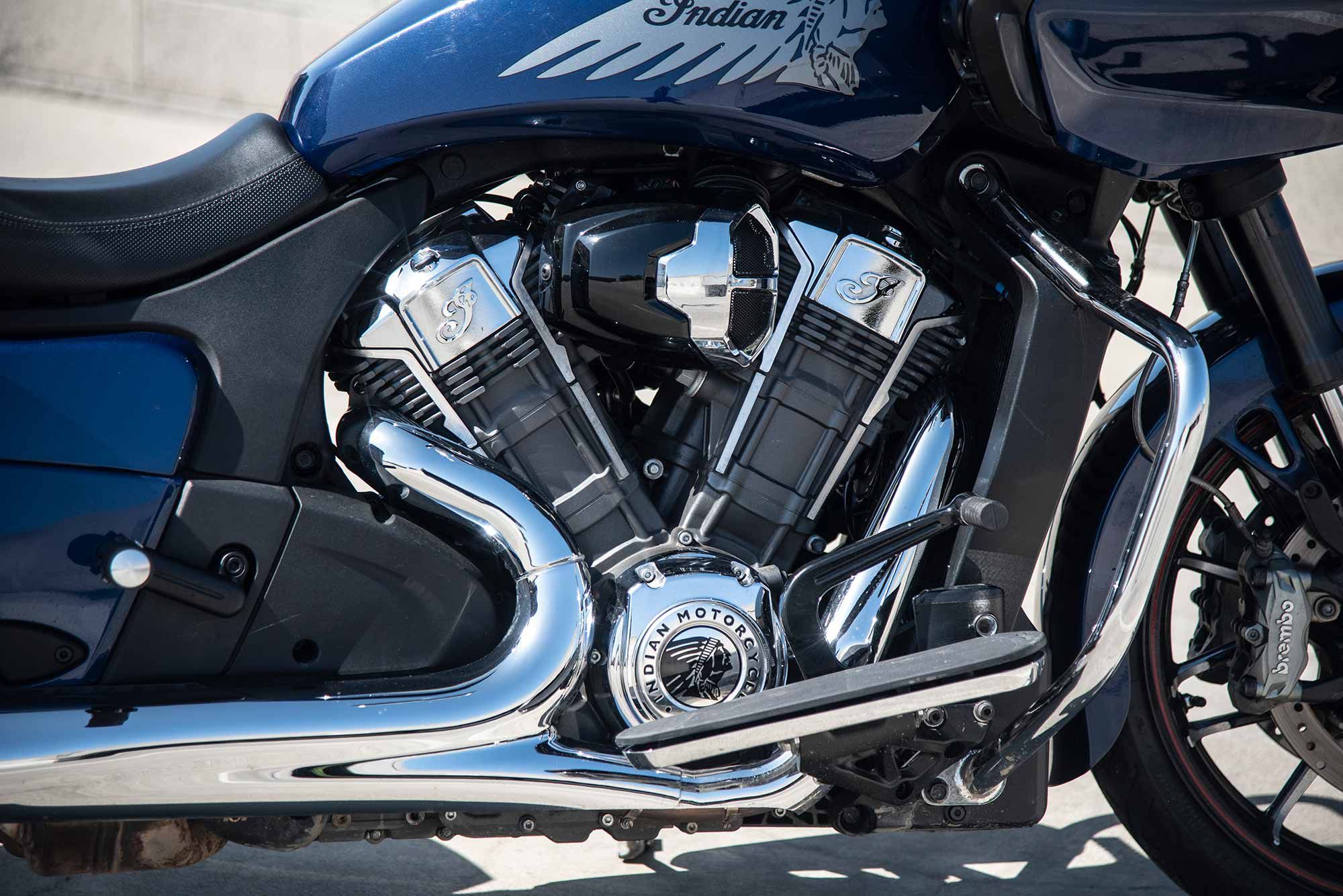
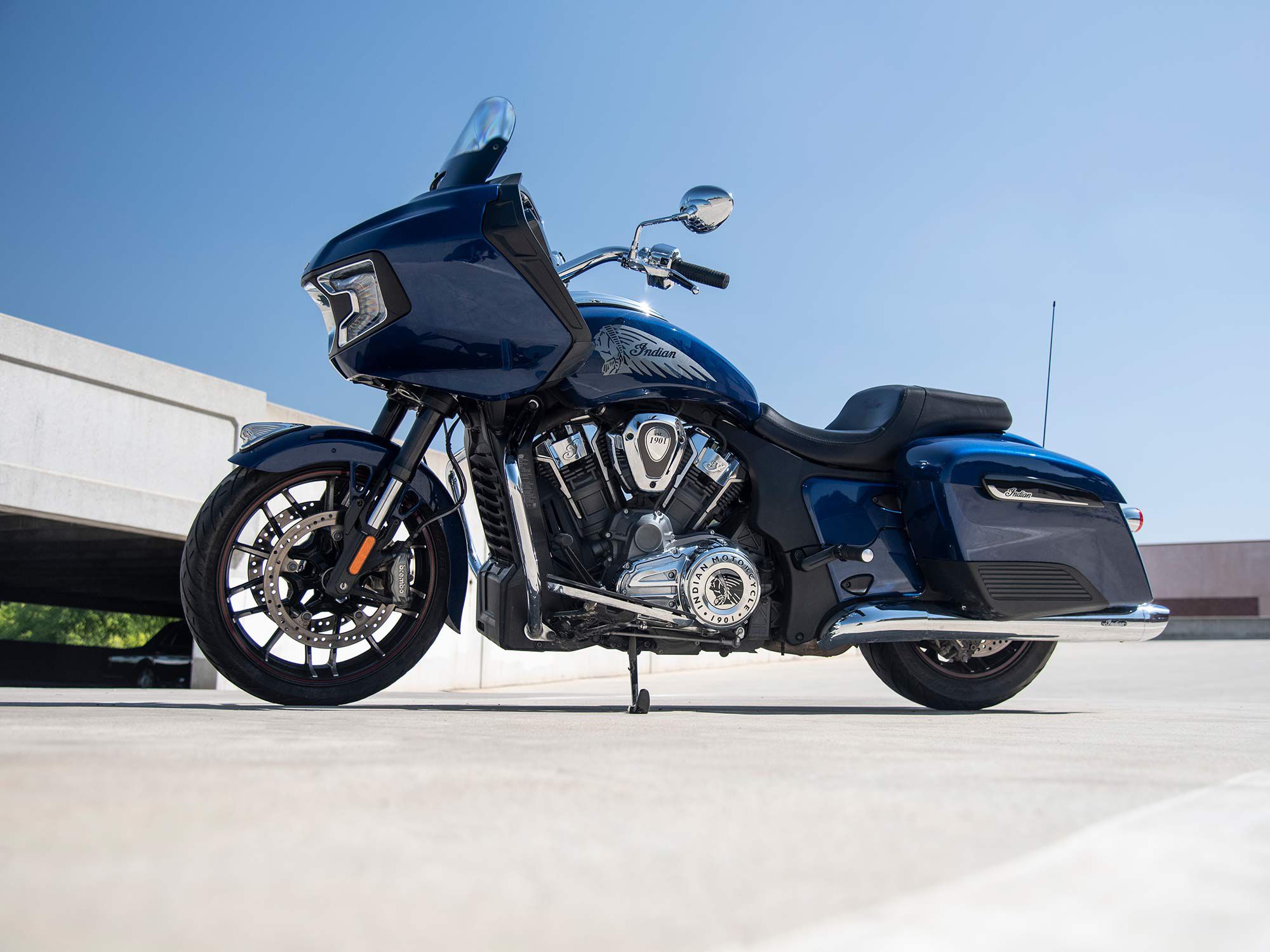
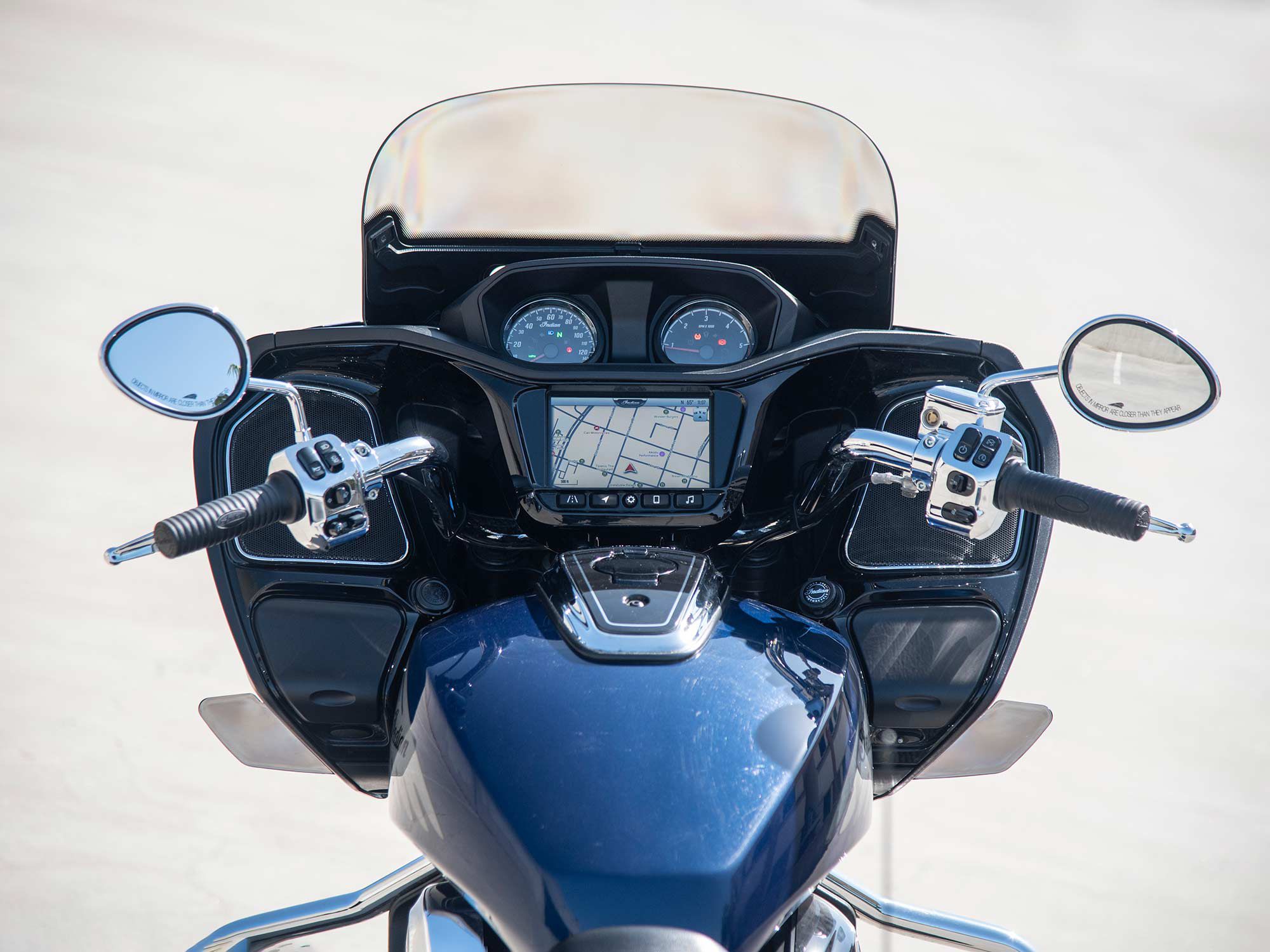
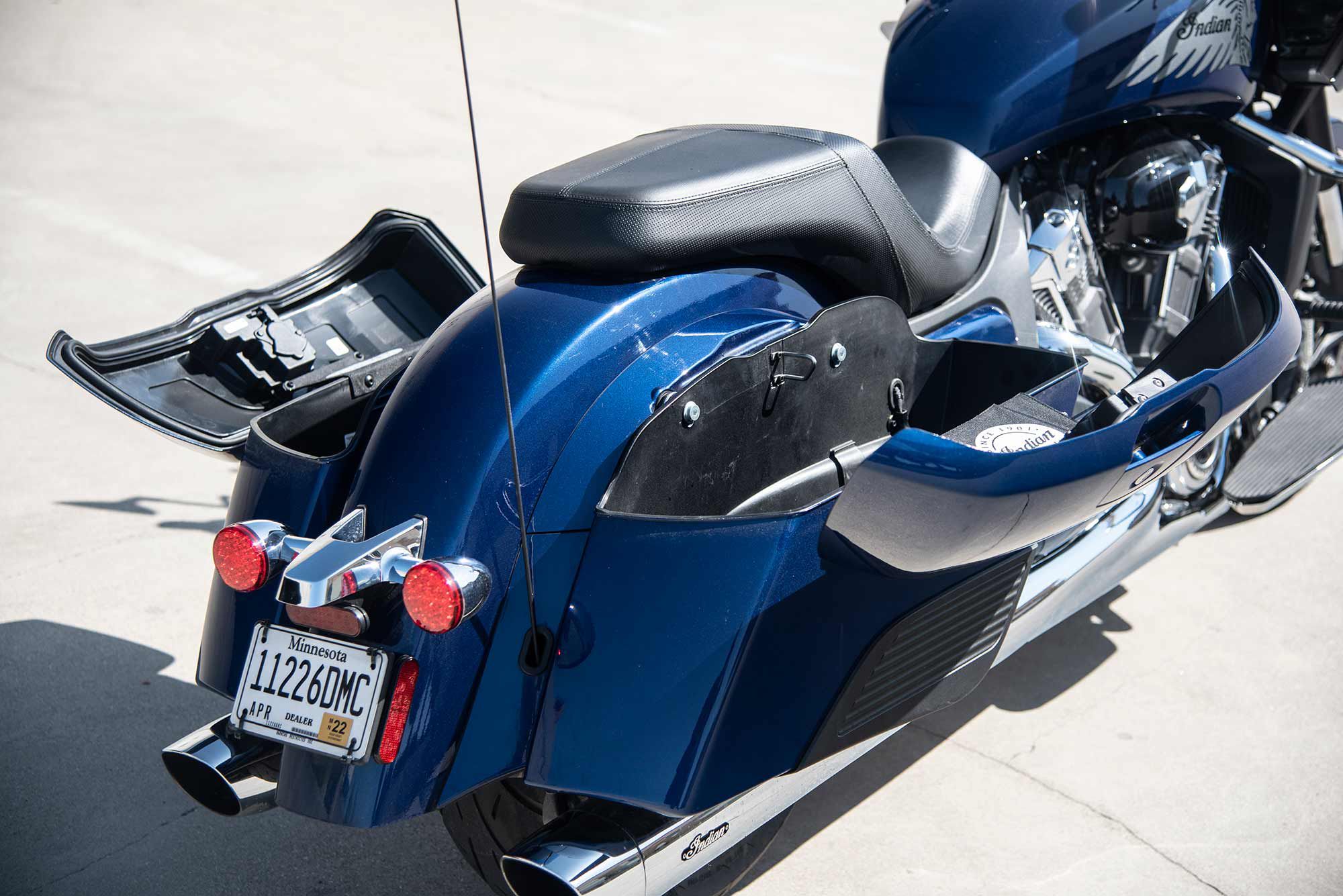
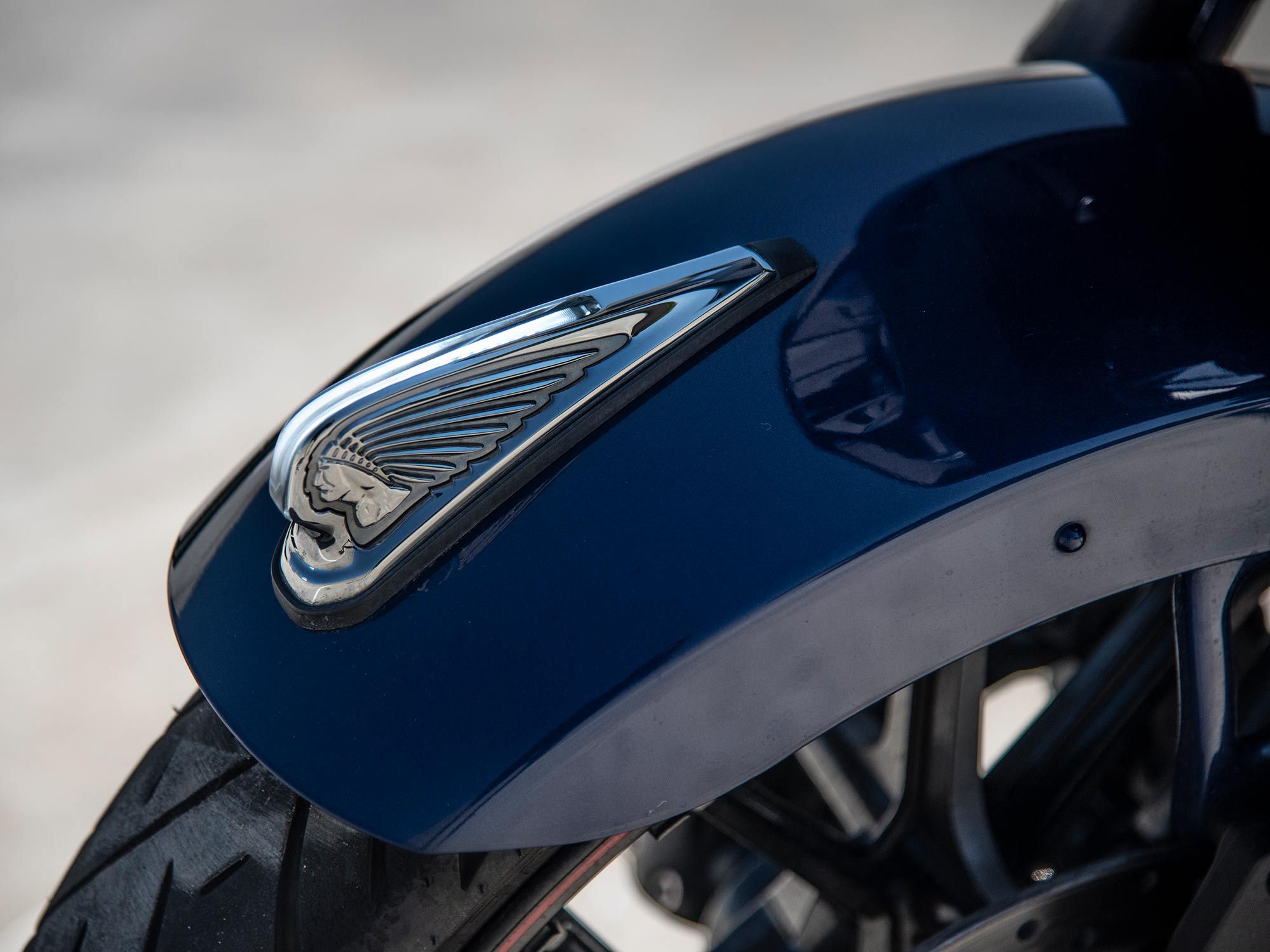
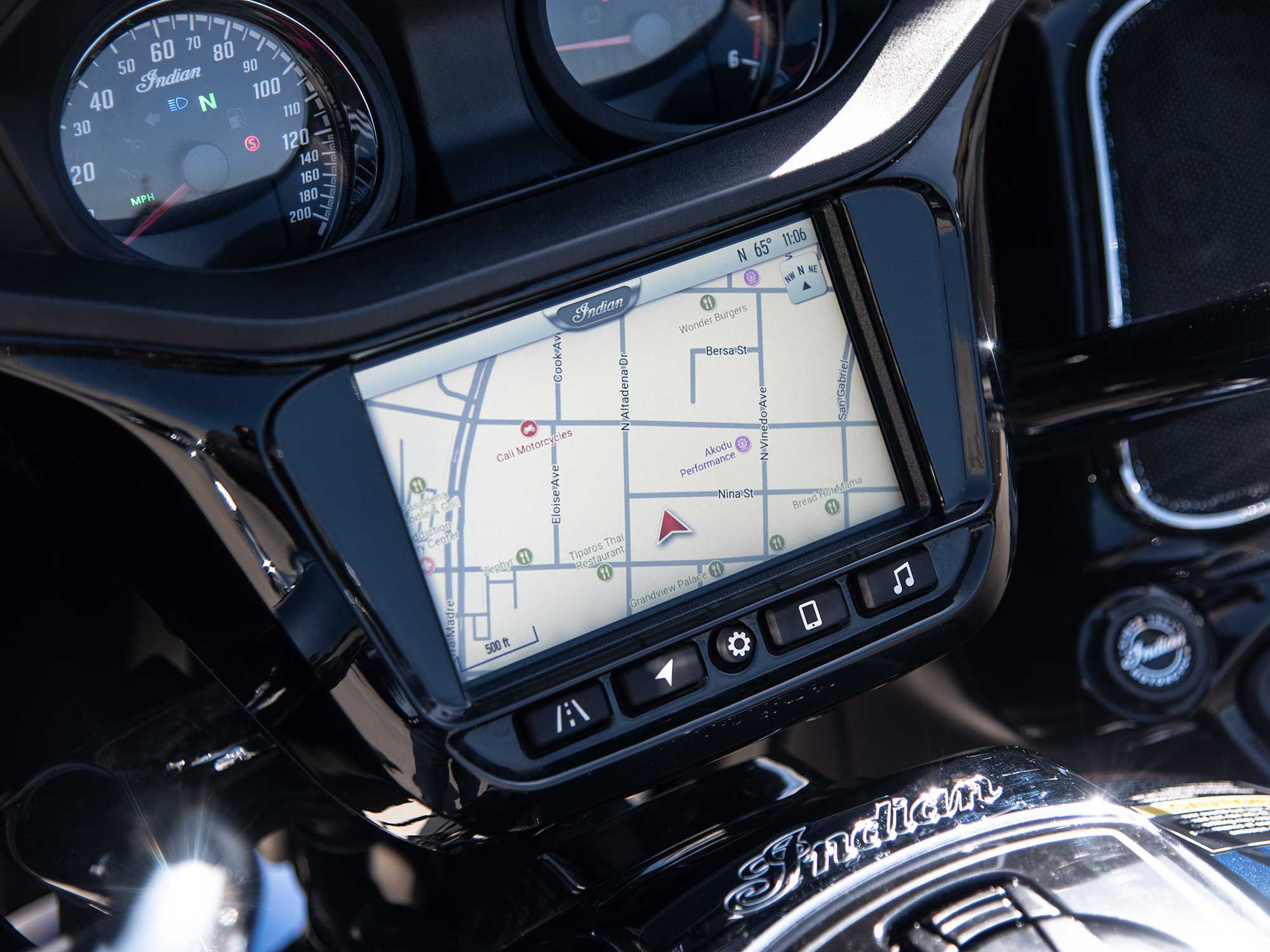
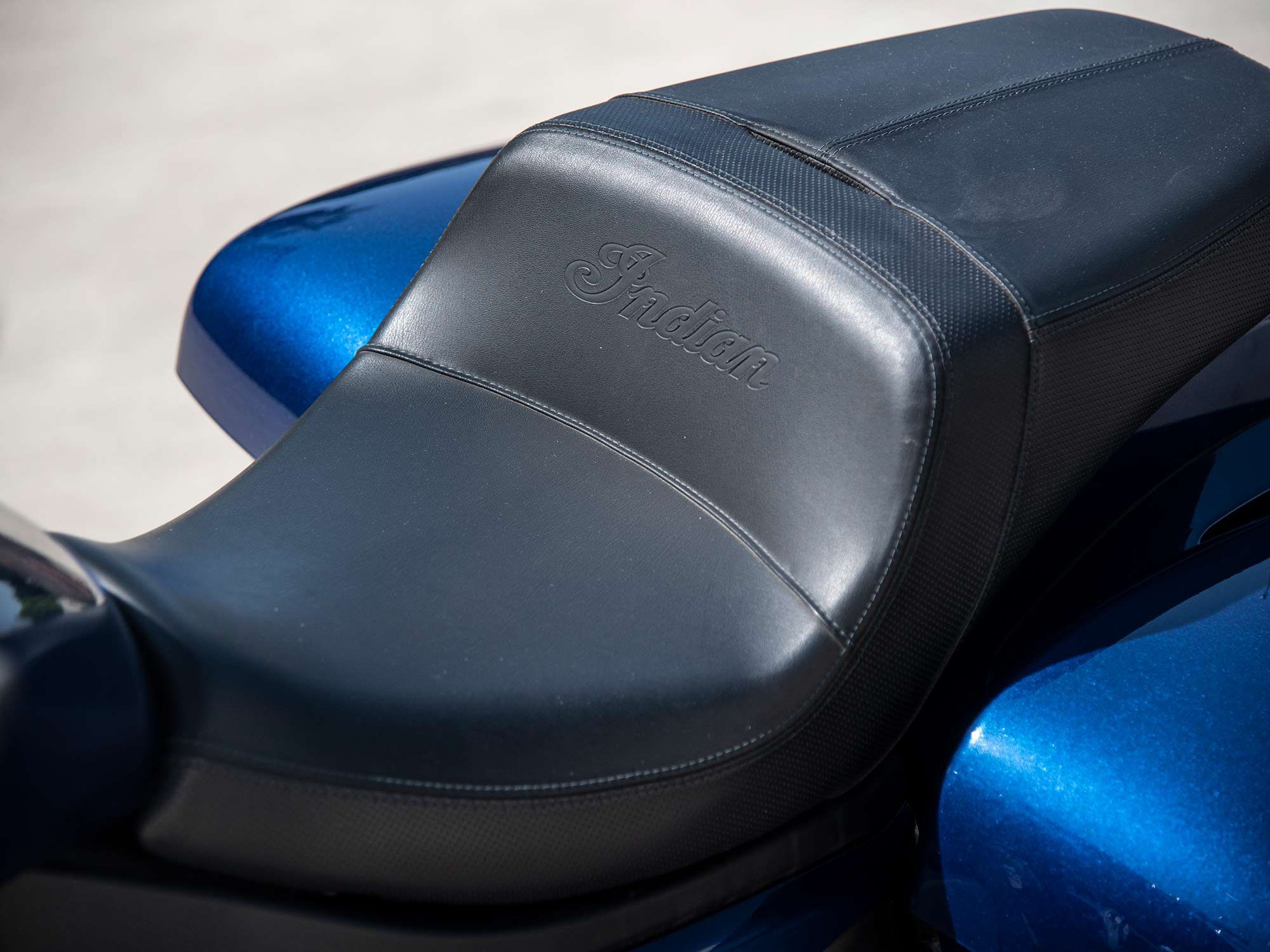
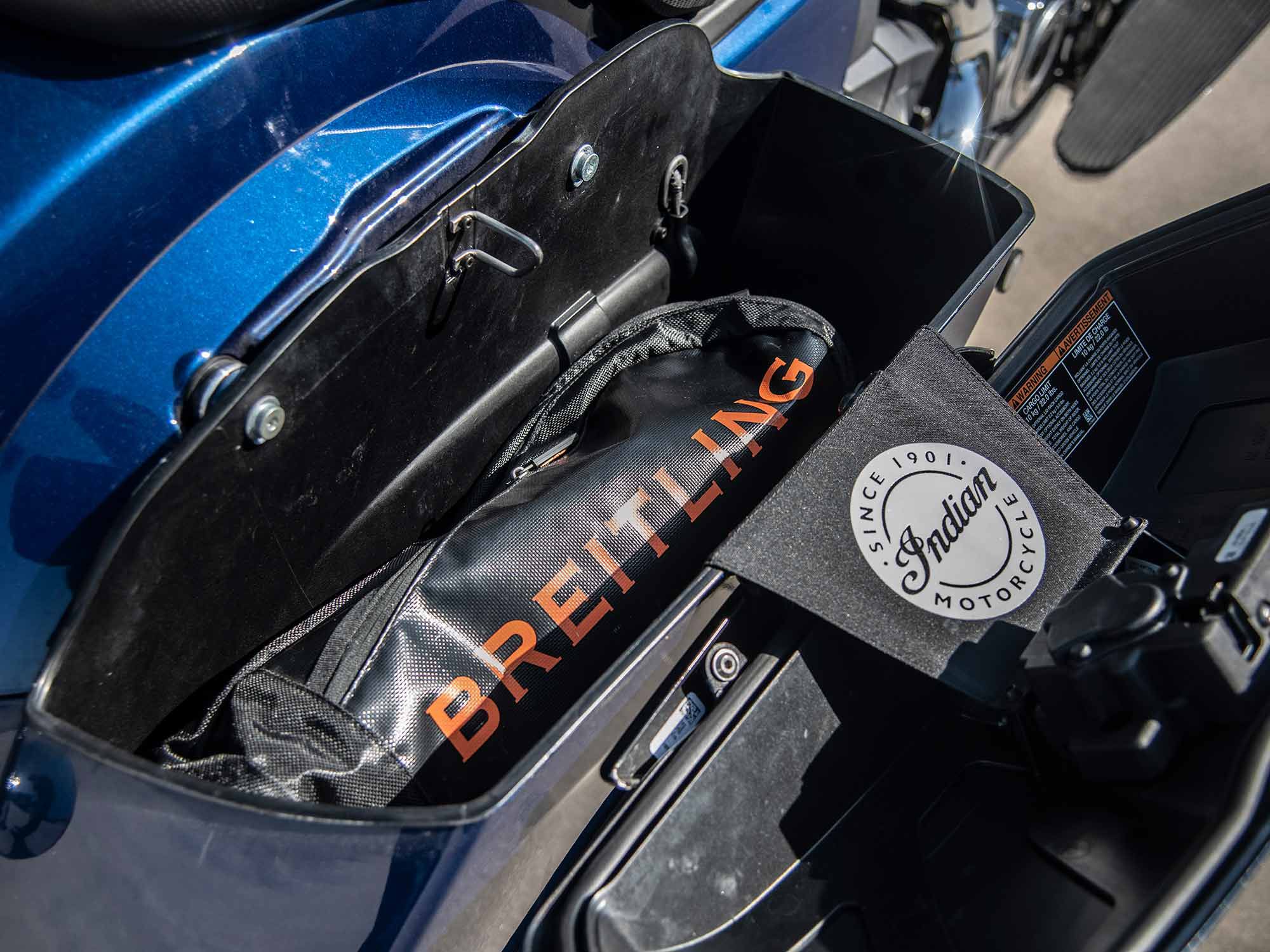
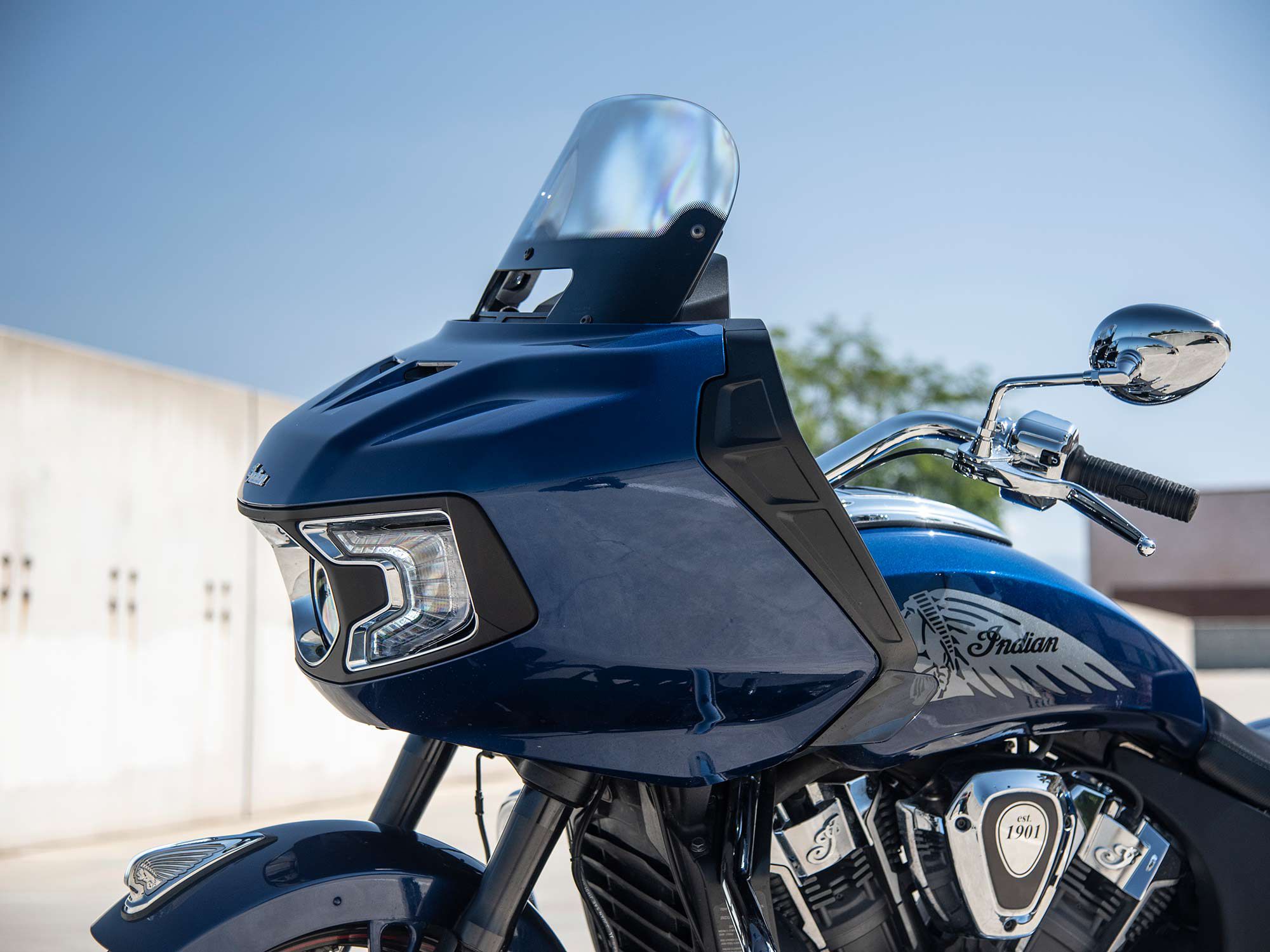
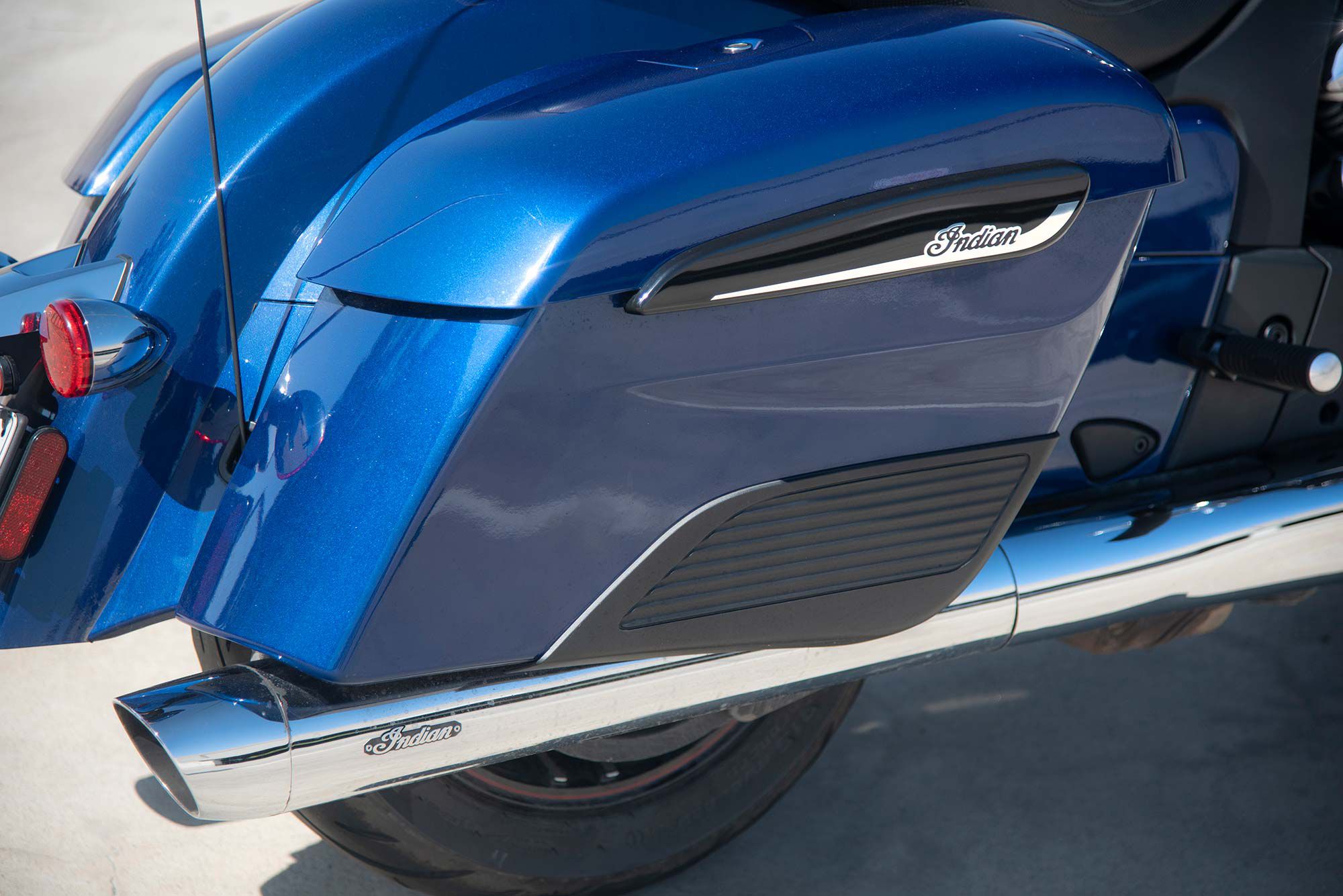
Source: MotorCyclistOnline.com
